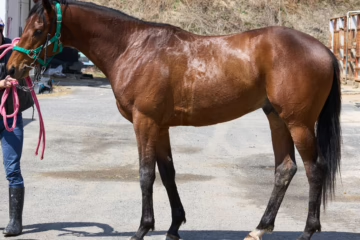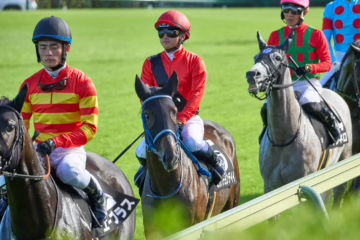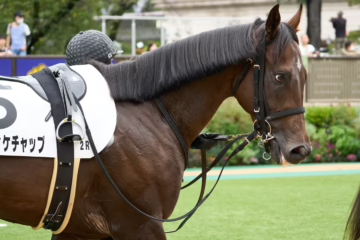2. Narrow your targeting
Many people first try to find a good horse, but I recommend starting by eliminating the horses you don't want to buy.
▪️Deleting horses you don't want to buy
After many years of doing this, you will begin to see your compatibility and your strengths and weaknesses. I first narrow it down to "males", "turf", "middle distance", and "born between March and May".
If Shadai Sunday had 180 horses for sale, I like horses that can run a lot, so if I remove the horses from Sunday, the number will go from 180 to 90.
I'm looking for breeding stallions, so if I remove the females, the number goes from 90 to 45.
If you remove the dirt pedigree, the number goes from 45 to 30.
If you remove the short-distance pedigrees, the number goes from 30 to 20.
If you remove the ones born in January and February, the number goes from 20 to 15.
If you remove the stables you don't like, the number of horses goes from 15 to 12.
If you remove the trendy horses, the number of horses will go from 12 to 10.
From the remaining 10 horses, we then choose the one that is most likely to perform well.
If there is no horse you like among these 10, expand your options to include horses born in February or mile-race bloodlines.
If you look at 180 animals seriously, you might get confused, so try narrowing it down a bit.
If you are just starting out as a fractional horse owner or have just started, try deciding which race you want to win and eliminating the horses that don't fit that criteria.
If you want to win the high-money races like the Arima Kinen or Japan Cup, eliminate "dirt pedigrees" and "short distance pedigrees."
If you don't know anything about dirt or short distance bloodlines, feel free to ask me, Yamamechans.


